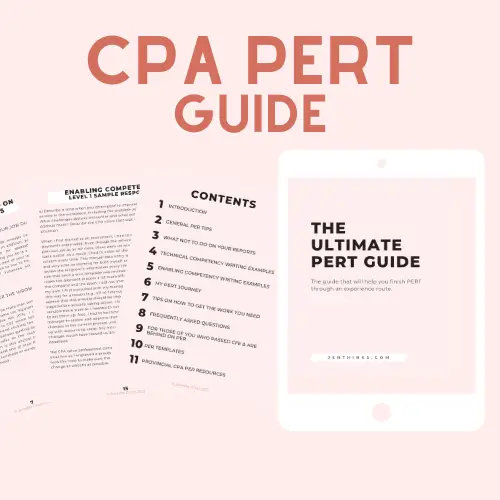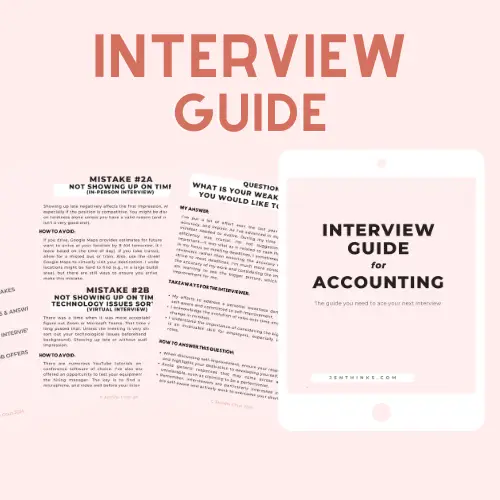Last week, I attended my first CPA conference. It was the perfect conference for me to attend as it focused on innovation and technology. In a previous post, I shared the reasons why I was attending a CPA conference as a CPA candidate. This time, I want to share with all of you what I learned from this one-day conference and a 3-hour workshop the next day.
Note, CPA Alberta has graciously sponsored my attendance at the Innovation, Technology, and Accounting Conference in exchange for my 100% honest opinions. As such, opinions expressed in my posts are solely my own and do not express the views or opinions of CPA Alberta.
Opening Keynote by Janet Bannister, Founder of Kijiji
“There is no straight line to success. Everyone goes through failures.”
Janet Bannister, 2021
There was a lot to learn from Janet, the founder of one of the most well-known classified online businesses. In her keynote address, Janet shared the beginning of her entrepreneur story. At the age of 15, she started her muffin business and delivered baked goods to several retailers on her bike. She attributed her drive and determination to being the youngest of 4 siblings as she believed she can do anything her older siblings can do. She then talked about her time at eBay (which mostly sold collectibles when she joined). She also shared the driving force behind her decision to move from the tech-central Silicon Valley back to Canada was her family (prioritization).
Once she was back in her home country and started working for eBay.ca (which was arguably much less successful than its American counterpart back then), she turned to the vast amount of data to guide her next decision. From there, she pinpointed the one thing the market was longing for and missing: classified business. After being shot down by the eBay head office, she found a way to convince the company to let her experiment away with her new idea without asking for much in return. She did so because she believed in the idea supported by data.
When asked what her advice would be for accountants working in the tech field, she responded, “tech is like waves in the ocean: you either try to run away from it or get on your surfboard.”
New World. New Skills. New Relevance.
This presentation by Christopher Dulny, Chief Innovation Officer of PwC Canada, talked about the effort PwC has put in to ensure their employees are at the forefront of technological changes. From the PwC app store, educational podcasts to the company culture of automation (rewards available), PwC has been doing its part to encourage continual learning.
At the presentation, Christopher also highlighted the fact that the pandemic accelerated the adoption of technology by 5 to 10 years. The fact that I attended this CPA conference virtually at home is a testament to that fact. As a result, CPAs are required to accept the fact that we will be “tech newbies” for the rest of our lives and embrace the need to reskill ourselves to stay employable. Christopher also encouraged leaders to be enabling and focus on upskilling and empowering the workforce as this would be the only way to scale and embed digital mindsets in the team.
If you are also interested in attending a CPA conference, check out the CPA Alberta’s conference page here. As a bonus, attendees have access to the recorded sessions for a period of time after the event.
Demystifying AI and Machine Learning for CPAs
Ramy Nassar, the Founder of 1000 Days Out, talked about the relationship between AI, machine learning and CPAs. He started his presentation by explaining the importance of AI for accountants. The ability to better analyze data and use it to support improved decision-making is amongst the main reasons why AI is important for CPAs. As data-users, it is also important for CPAs to learn to deal with data overload. Pattern identification, digitization and anomaly detection are some of the ways we can tackle the overload issue.
Like all skills, AI and machine learning can seem overwhelming at first. However, there is no need to dive right in without taking it slow in the beginning. CPAs can start by integrating AI into tools we already use like Excel. Tools like Excel Ideas and Power BI are tools we can get familiar with easily. In fact, Power BI is the visualization tool CPA candidates learn to use during the PEP module.
During the presentation, Ramy cautioned against relying on AI and machine learning blindly. For example, the existing bias in the raw data will lead to biased results. As competent users, CPAs will need to know how to data effectively.
When asked if he can recommend some starter materials on the topic, Ramy suggested that the white paper by CPA Canada on this topic is a great place to start.
More CPA Post
CPA News – A Round-Up of Articles That Will Help You Become A Stronger CPA Candidate
Pivot Magazine – Why Should CPA Candidates Read This Publication by CPA Canada?
Staying Up-To-Date With CPABC’s InFocus Magazine
CPA Conference – Why Am I Attending This Technology & AI Conference As A CPA Candidate?
A Year Out, What Have We Learned About the Best Tools for Working and Managing Teams Remotely
After a networking lunch break, conference attendees returned for a panel discussion on the topic of the best tools for remote work. The general consensus amongst the group was that meetings are different now. Collaborative tools like Google docs and Mural are becoming increasingly popular as they offer alternatives to traditional whiteboards and paper.
One of the things the panellists have learned in the past year of remote work was the importance of letting everybody in the meeting know they can contribute and that the platform was open for everyone. Also, with the changes necessitated by a global pandemic, human connections became more important than ever.
Looking ahead, it seemed the consensus amongst the group was that in-person interactions will never be replaced completely. In the next few years, we can expect to see more and more hybrid arrangements (a combination of remote and office work). As a closing thought, one of the panellists highlighted the importance of mental health support in this new era.
Building a Data Competency in Your Organization
One of my favourite sessions at the Innovation, Technology, and Accounting Conference was hearing Chris Sorensen shared his data competency journey. As a CPA, Chris had a strong background in budgets and cost accounting. When he saw the need to bridge the gap between technology and accounting, he seized the opportunity and would later found Iteration Insights, an analytics firm based in Calgary.
For a company to fully utilize the power data analytics can bring, Chris emphasized the importance of first making sure your organization is on the same page. From descriptive analytics to predictive analytics, each step requires different skills and expectations. For example, an organization can use predictive analytics to predict what will happen as opposed to what has happened (descriptive analytics). To be data competent means having the skills to be efficient with data. When data is being used efficiently, an organization can expect to make better decisions quicker.
Human-Centred Design Tools and Mindsets for CPAs (Workshop)
Can we empathize with the users for who we are designing a solution?
This human-centred design workshop was led by Ramy Nassar, who introduced us to the concept of AI and machine learning on Day 1 of the Innovation, Technology, and Accounting Conference. Unlike the one-sided conference session with Q&A at the end, this CPA workshop is designed to be more hands-on with group activities throughout the 3-hour class. Even though I had a certain level of expectation going in, I still walked away with more knowledge than I hoped.
Ramy started the workshop by sharing the story about a pirate ship-themed MRI machine. This short but interesting story truly highlighted the importance of designing a tool or machine with the end-users in mind. As human beings, we often jump to conclusions because we thought we knew better. However, the 5-step process (empathize, define, ideate, prototype and test) Ramy taught forced us to re-think how we would approach a problem that needed solving. The program was systematic in the sense that you are required to follow the pre-defined process and steps. Before you even try to define the problem at hand, you first go through the empathy phase to put yourself in the end-users shoes. The use of the HMW (how might we) statement is designed to help us explore the possible avenues that might lead to a solution. As a result of following a strict process, designers are often surprised by how many potential solutions we can think of when we stop ourselves from jumping to conclusions first.
At the conclusion of the workshop, one of the participants asked the question of when would be the best time to involve the end-user. Ramy said that it is never too early to involve them as we can gather insightful feedback by asking them open-ended questions. Also, it will be useful to involve the end-users again before we actually build the solution. Doing this will potentially save a lot of resources in the end by avoiding any critical flaws or mistakes.
Conclusion
It did not come as a surprise to me that I walked away from the conference knowing a lot more about innovation and technology in the CPA context. A lot has happened since the pandemic and a lot more will happen after. Chris Dulny’s call for continual learning and reskilling to remain employable resonated with me the most.
One of the CPA Code of Professional Conducts is professional competency. As a result, CPAs have to participate in a minimum of hours of classes, conferences and/or seminars every year to satisfy the PD requirement. CPA candidates are exempt from this but that does not mean we shouldn’t stay ahead of the industry and the profession.
If you are also interested in attending a CPA conference, check out the CPA Alberta’s conference page here. As a bonus, attendees have access to the recorded sessions for a period of time after the event.


